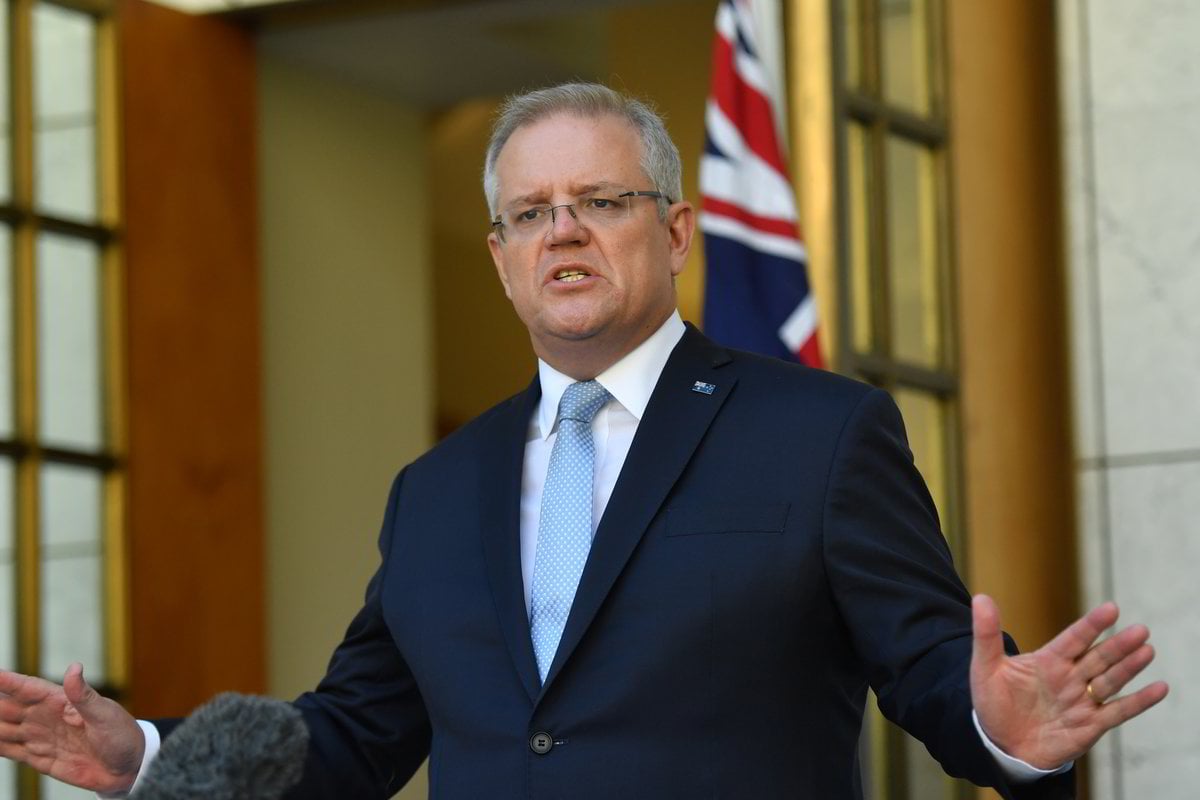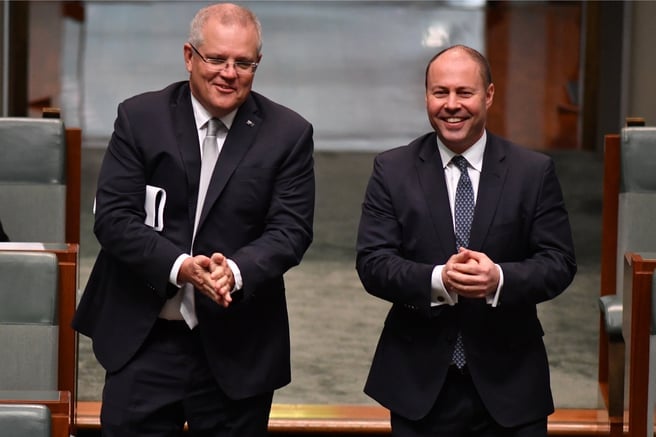
JobKeeper will be extended for six months, although at a reduced rate, in legislation that passed parliament on Tuesday.
This means the wage subsidy scheme, introduced in response to the economic crisis triggered by the pandemic, will continue until March 2021.
Prime Minister Scott Morrison has called it the most significant economic intervention in Australia's history.
Side note... Here's how to talk to anti-vaxxers. Post continues below.
Here's what the changes to JobKeeper and JobSeeker mean for you.
What is JobKeeper and what are the new changes?
The JobKeeper payment is a subsidy for businesses, delivered through the Australian Tax Office, aimed at keeping more employees in jobs. It is for businesses who have experienced a 30 per cent or more reduction in turnover since the beginning of the coronavirus pandemic.
It was a flat payment of $1500 per fortnight for eligible employees, but will now move to a two-tiered payment.
For the December quarter, payments will be $1200 per fortnight per employee, or $750 for workers who were employed for less than 20 hours a week.
For the March quarter, payments will be $1000 per fortnight per employee, or $650 for workers who were employed for less than 20 hours a week.
It will end on March 28, 2021.





























































































